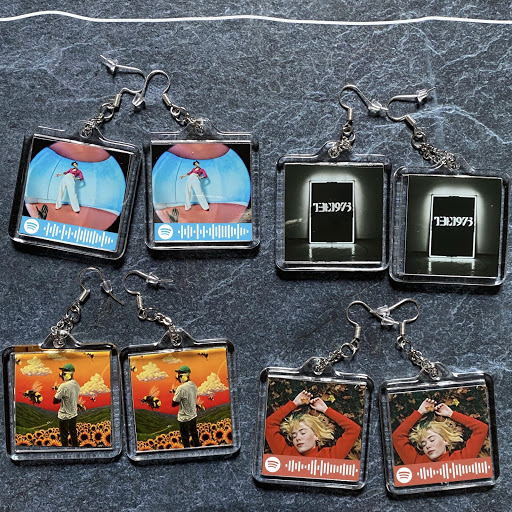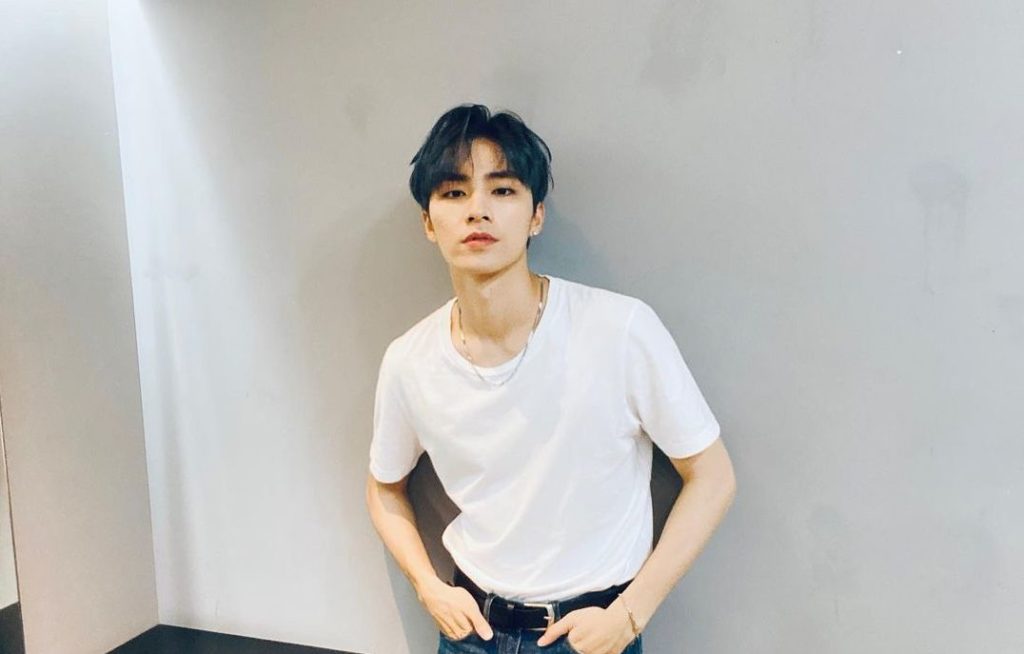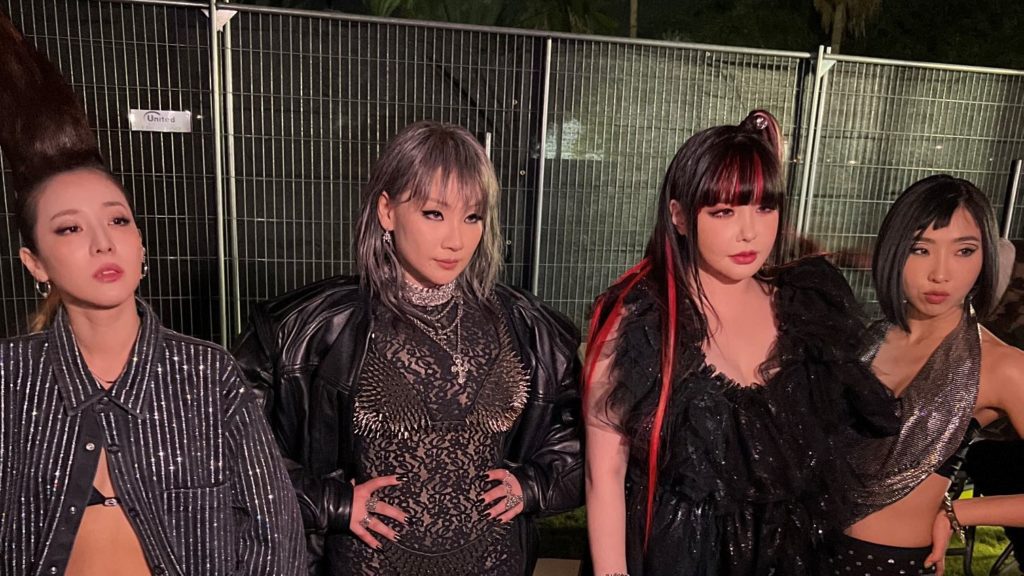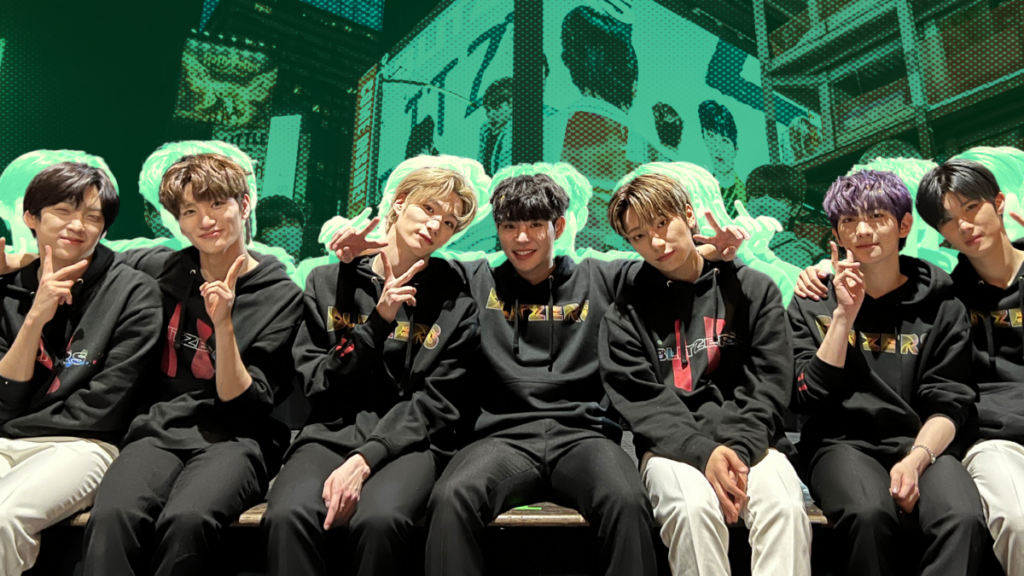Parasocial Relationships in K-pop: Emotional Support Capitalism
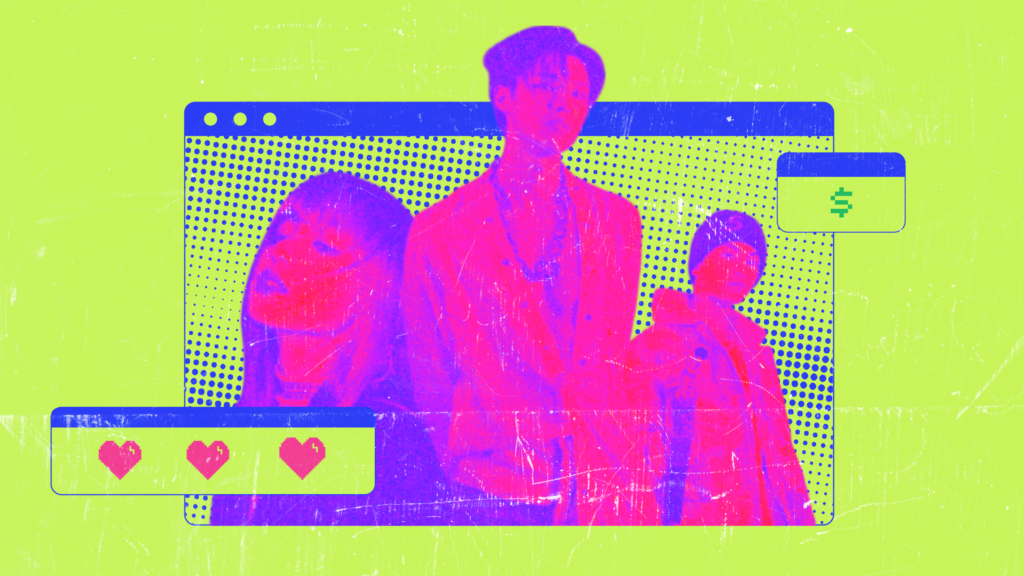
Parasocial interactions are a phenomenon where a one-sided relationship is formed when a person extends emotional energy, interest and time, towards media personalities, despite the personality being unaware of the other’s existence.
Anyone who identifies themselves as a fan of a media personality is in a parasocial relationship, where their interest ranges from fanart, to fan hosted events — such as cup sleeve — for their favorite celebrity. This relationship can either be beneficial or detrimental to the life of both the fan and artist, as harmful boundaries are crossed.
There are three levels to a parasocial relationship, and the further the fan progresses onto each stage, the stronger the connection between idol and fan becomes. The three stages are entertainment-social, intense-personal, and borderline-pathological. With the first stage existing for entertainment, the second stage starts forming an emotionally intense relationship, whereas the last stage is where the fan over-identified with the celebrity to the point their “fantasy” has become an uncontrollable behavior.
Within the K-pop industry, Korean entertainment companies have established a structure where a special relationship is formed between the idols and their fandom, without either party knowing each other in real life. The structure: the building of exposure, the physical attraction, the task attraction (voting, streaming), and social attraction, all contribute to and increase the relationship.

The exposure of the personal moments and struggles of idols for all fans to see feeds into the feelings of love and understanding towards them, which then leads to the social interaction fans constantly crave. As a result, this special bond has led to the establishment of parasocial relationships. The K-pop industry has changed throughout the decades. When the Hallyu wave was pioneered, groups were promoted differently, the prominence was surrounding the mystery of the idol without much pry from fans. Fast forward to today’s generation of idols, companies began to shift and develop different ways to promote their idols, through using media to their advantage.
These entertainment companies capitalize heavily on the parasocial relationship they’ve enabled. Through the manufacture of their idols, they have established a sense of loyalty in fans to further grow their fanbase, while ensuring engagement. The continuous outpour of idol content, ranging from various comebacks in a year to concert footage released on DVD, all factor into building the structure of the parasocial relationship.The consequence of marketing idols as a commodity enables fans to cross boundaries that are meant to protect both parties, and the relationship becomes blurred. Companies sell content where idols show a bit of normalcy, and fans invest in them because it gives them the feeling of relatability.
Kai H, a graduate student pursuing a Master’s degree in East Asian studies — whose research includes studying the Koreas and Digital Humanities, along with completing his graduate thesis on the Parasocial relationship in K-pop — has seen the shift in the industry since he first became a fan in 2007. “The biggest contributor wasn’t that idols put things on their social media and such — that had been happening for ages. In my personal opinion, what threw a bucket load of gasoline on the fire was VLIVE,” noted Kai. “It removed the time between content created and content posted. It removed the language barrier, it took labor from fan-translators. It made content super easy to find and tune into.”
The notion that one of the biggest contributors to this change has been Vlive is important because it’s another form of social interaction. It facilitates that false sense of social attraction that many (mostly foreign) fans are seeking but can’t reach. “Bringing the idols closer than before, and because of the subtitling system, which is pretty quick if not almost instant, there is no reason to feel disconnected as a fan,” Kai expresses.These companies have developed subscription-based applications to further foster this idea of social interactions, by allowing idols to send “personalized messages,” to fans as if they were texting each other. It’s interesting though, because even when fans are aware that these interactions aren’t really “reciprocal” — because it’s done to retain loyalty — they still find themselves engaging with the content, resulting in a connection that further strengthens that one-sided relationship.
Here’s where the problem arises, when that bond develops into an intense attachment built upon the emotional dependency of the fan towards the idol. Instead of the idol being a form of enjoyment, the idol is used as a form of escapism from the emotional currents within their lives, and the more time spent consuming content, the deeper the attachment becomes.
Once this attachment is set in stone, the relationship is on the brink of developing into the pathological stage, with some fans taking it to an extreme level and experiencing uncontrollable behaviors. The constant influx of content available to fans hasn’t given them a chance to step away from the fandom life, instead, it’s created a space for them to slip into this borderline-pathological stage, forming a different kind of fan: sasaengs.
The birth of sasaengs has been a byproduct of their inability to control their intense emotions, and slip into an overly obsessive persona. Deluding themselves into thinking because they’ve invested time and money, they have a right to pry into the life of idols. Sasaengs have always been an existing problem, yet that hasn’t stopped them from seeking out idols in their dorms, mobbing them in airports, or stalking them during official and unofficial schedules. They resort to these borderline criminal acts because they have the desire to get recognized by the idols and stand-out against others in the fandom.
Companies themselves are responsible for enabling this behavior, as they have been promoting the “boyfriend/girlfriend” fantasy since K-pop’s induction. The idea that idols have a “special bond” with their fans causes these uncontrollable delusions to manifest, which not only harms the fans to believe it to be real, but also causes harm to the idols because of the extremeness of the attack.
Even though measures are taken against them, sasaengs continue to prevail in the industry. Because of the massive power idols have over their fandom, fans are always longing for the constant updates on everything surrounding their idols — whether that is from official or non-official sources. Knowing this, sasaengs use that attachment and exploit it for their own benefits, providing fans with what they deem as exclusive content — only available through them, which at times can result in monetary gain for them.
Despite all the negativity surrounding it, parasocial relationships within the K-pop industry will continue to thrive because idols will always provide a source of happiness to fans who believe in the connection between them. As such, those people closest to the fans need to do their best in ensuring boundaries have been set that will prevent them from becoming too emotionally dependent on idols, and instead rely on those around them for support. Creating a safe space where fans can discuss issues important to them, guarantees that this connection with the idol remains at the entertainment-social level, and not slip into a level that will be detrimental for both idol and fan.
Sources:
W. (2020, February 18th). Parasocial Relationships : The Nature of Celebrity Fascinations –. Find a Psychologist. https://www.findapsychologist.org/parasocial-relationships-the-nature-of-celebrity-fascinations/#:%7E:text=Parasocial%20relationships%20are%20one%2Dsided,sports%20teams
Choi, A. (2017). The parasocial phenomenon. NOVA. pbs.org/wgbh/nova/article/parasocial-relationships.
Groszman, R. (2020). Revisiting parasocial theory in fan studies: Pathological or (path) illogical?. Transformative Works and Cultures, 34.
Kurtin, K. S., O’Brien, N., Roy, D., & Dam, L. (2018). The development of parasocial interaction relationships on YouTube. The Journal of Social Media in Society, 7(1), 233-252.
Be sure to check out our article highlighting Atlanta-based artist Alan Z here!
